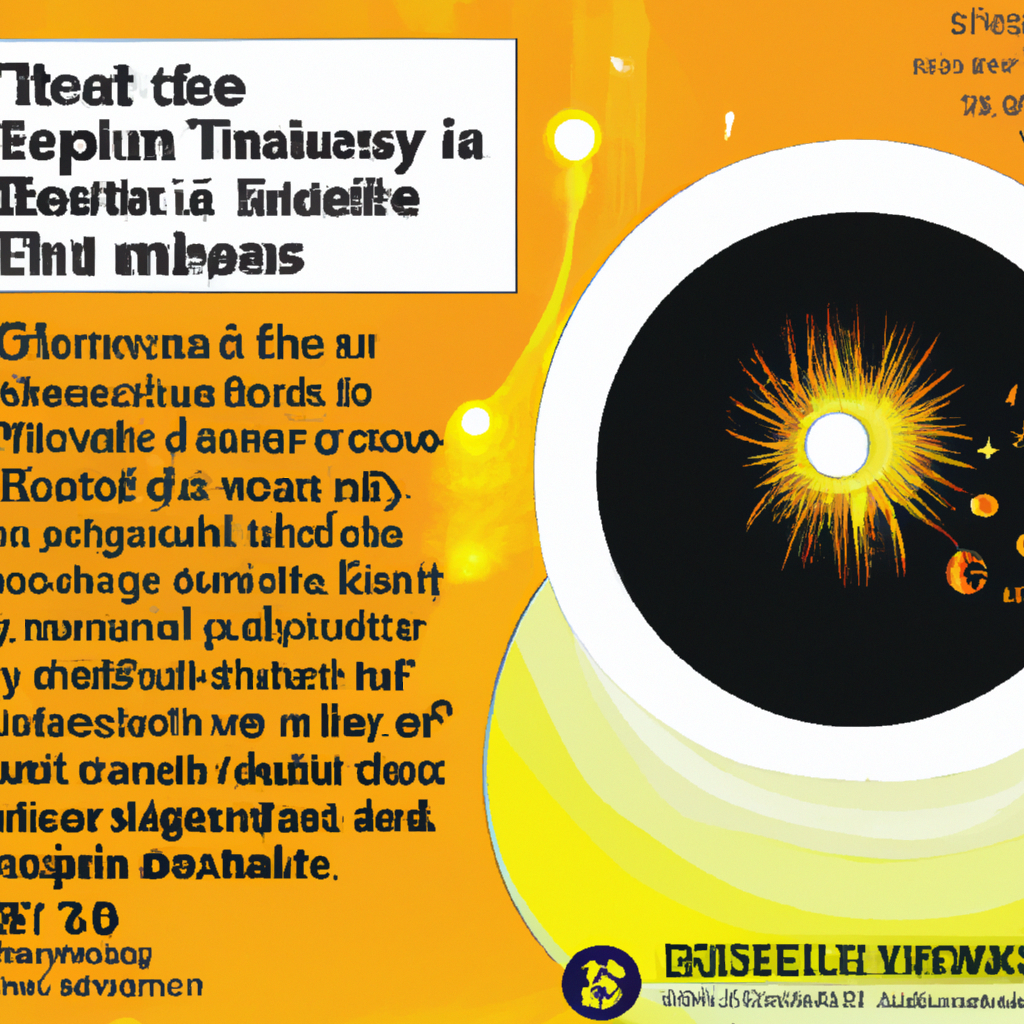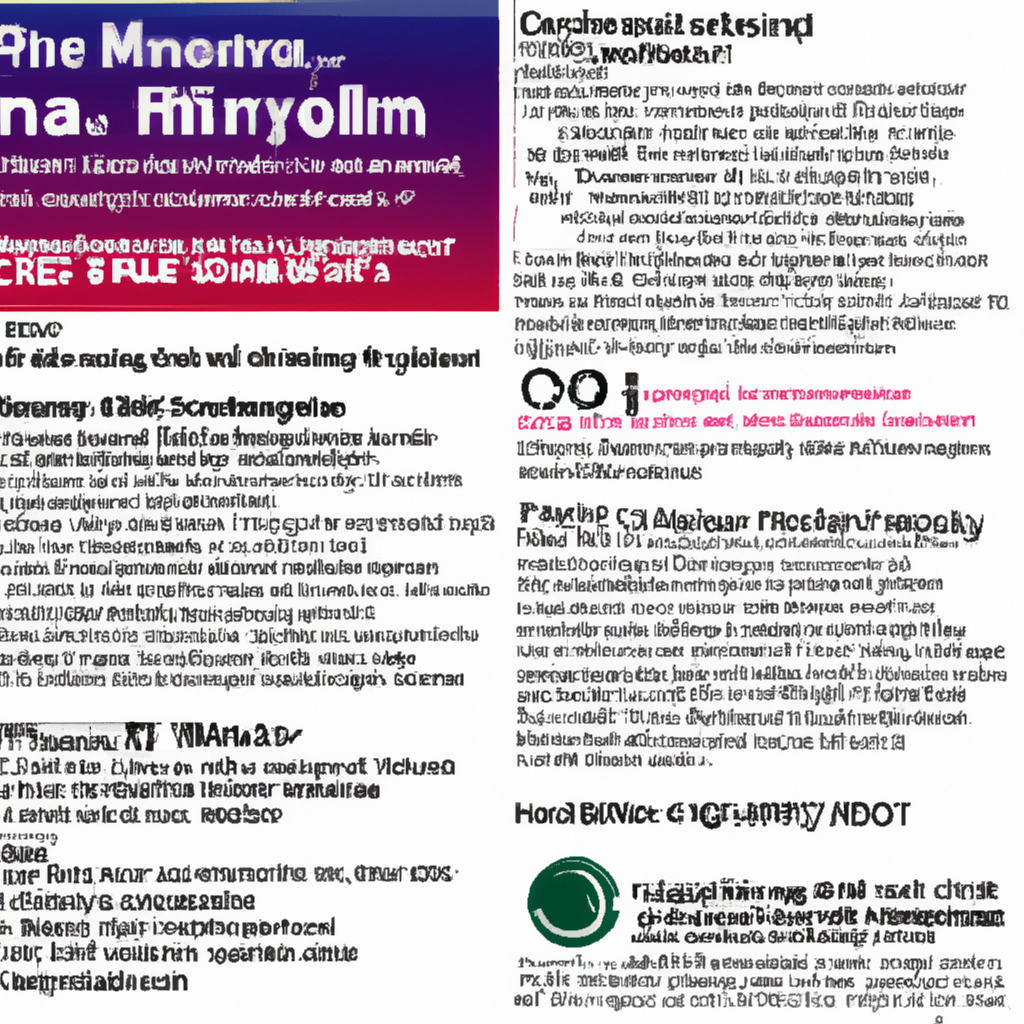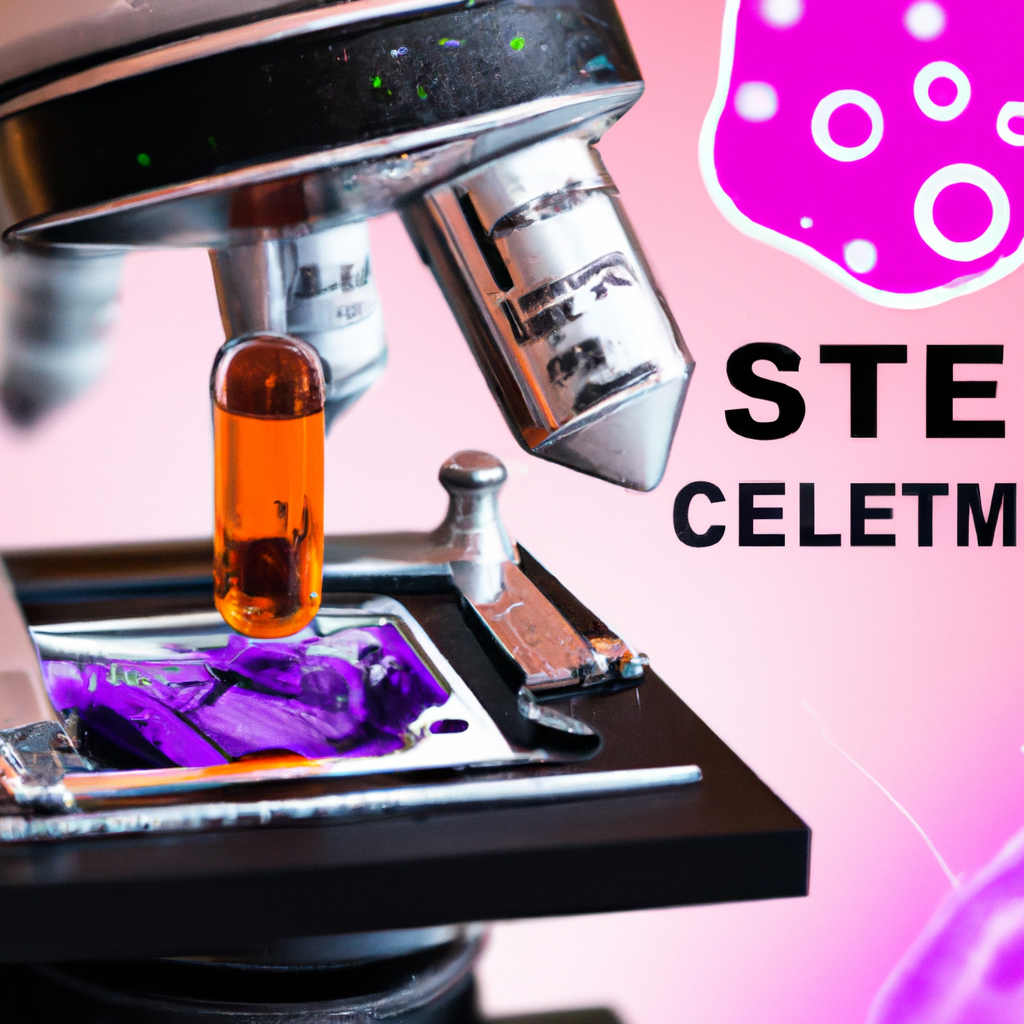Imagine a world where degenerative eye conditions could be treated and even potentially reversed using the power of stem cells. Well, that world may not be too far off, thanks to a groundbreaking development in Malaysian medicine. Stem cell therapy has emerged as a potential solution for those suffering from conditions such as macular degeneration and retinitis pigmentosa. In this article, we will explore the exciting potential of using stem cells to treat degenerative eye conditions in Malaysia, and how it could revolutionize the field of ophthalmology. So sit back, grab a cup of tea, and prepare to be amazed by the incredible progress being made in this field.

What are degenerative eye conditions?
Definition
Degenerative eye conditions refer to a group of disorders that cause the progressive deterioration of the structures within the eye, leading to vision loss and impairment. These conditions can affect various parts of the eye, such as the retina, optic nerve, cornea, and lens. They are often chronic and can have a significant impact on a person’s quality of life.
Common types
There are several common types of degenerative eye conditions, each with its own characteristics and effects on vision. Some of these conditions include age-related macular degeneration (AMD), glaucoma, diabetic retinopathy, and cataracts. These conditions can be caused by a variety of factors, including genetics, aging, underlying medical conditions, and environmental factors.
Symptoms
The symptoms of degenerative eye conditions can vary depending on the specific condition and its severity. However, some common symptoms include blurred or distorted vision, difficulty seeing in low light conditions, loss of peripheral vision, and increased sensitivity to glare. In advanced stages, individuals may experience significant visual impairment or even blindness. It is essential to seek medical attention if you experience any changes in your vision to receive a proper diagnosis and treatment plan.
Current treatments for degenerative eye conditions
Medication
Medication is often used to manage the symptoms and slow the progression of degenerative eye conditions. These medications can include eye drops, oral medications, or injections. They are designed to reduce inflammation, control intraocular pressure, and protect the delicate structures of the eye. However, while medication can be effective in some cases, it may not provide a long-term solution or reverse the damage caused by the condition.
Surgical procedures
Surgical procedures are another treatment option for degenerative eye conditions. These can include procedures such as laser therapy, implantation of intraocular lenses, or trabeculectomy for glaucoma. Surgery aims to restore or preserve vision by repairing or replacing damaged structures in the eye. While surgical interventions may be successful in improving vision in some cases, they are not without risks and may not be suitable for everyone.
Vision aids
For individuals with advanced degenerative eye conditions, vision aids can help improve their quality of life. These aids can include magnifying glasses, special lenses, or electronic devices that enhance vision. Vision aids do not treat or cure the underlying condition but can assist individuals in maximizing their remaining vision. It is crucial to consult with an eye care professional to determine which vision aids are most appropriate for your specific needs.

Introduction to stem cell therapy
Definition
Stem cell therapy is a cutting-edge medical treatment that holds great promise for the treatment of degenerative eye conditions. Stem cells are undifferentiated cells that have the unique ability to divide and develop into specialized cell types, such as retinal cells or nerve cells. When introduced into the body, stem cells can help regenerate damaged or diseased tissues and potentially restore or improve vision.
How it works
Stem cell therapy for degenerative eye conditions involves the transplantation of stem cells into the affected eye. These stem cells can differentiate into healthy cells, replenishing the damaged or degenerated cells and promoting tissue repair. By introducing new, functional cells into the eye, the goal is to improve visual function and slow down or halt the progression of the condition.
Sources of stem cells
Stem cells used in therapy can be derived from various sources. These include embryonic stem cells, which are obtained from early-stage embryos, and adult stem cells, which are found in various tissues in the body, including the bone marrow and adipose tissue. Additionally, induced pluripotent stem cells (iPSCs) can be generated by reprogramming adult cells to possess stem cell-like properties. Each source of stem cells has its advantages and considerations in terms of availability, ethical considerations, and efficacy.
Research and clinical trials in Malaysia
Overview of current research
Malaysia has emerged as a global leader in stem cell research, particularly in the field of degenerative eye conditions. Researchers and clinicians in the country have been actively studying the potential of stem cell therapy to treat various eye disorders. Through rigorous scientific investigations, they aim to understand the safety and efficacy of stem cell-based treatments in improving visual outcomes for patients.
Success stories
Several success stories have emerged from stem cell therapy trials conducted in Malaysia. Patients who previously experienced significant vision impairment have reported improvements in their visual acuity and overall quality of life. These positive outcomes have provided hope for individuals with degenerative eye conditions and their loved ones, fueling further research and advancements in the field.
Challenges and limitations
While stem cell therapy shows great promise, there are still challenges and limitations that need to be addressed. One of the main challenges is optimizing the delivery of stem cells to the affected areas of the eye to ensure their proper integration and function. Additionally, long-term safety and potential side effects need to be thoroughly evaluated to ensure the overall well-being of patients. Further research and clinical trials are necessary to overcome these challenges and establish stem cell therapy as a reliable and standard treatment option.

Benefits of using stem cells to treat degenerative eye conditions
Regeneration of damaged cells
One of the key benefits of stem cell therapy is its ability to regenerate damaged cells in the eye. By introducing healthy stem cells, the therapy aims to replace the degenerated cells and restore normal visual function. This regenerative process holds great potential for individuals with degenerative eye conditions who have experienced vision loss or impairment.
Reduced inflammation
Degenerative eye conditions often involve chronic inflammation in the affected tissues. Stem cell therapy has shown promise in reducing inflammation and promoting a healthier microenvironment within the eye. By modulating the immune response and promoting tissue healing, stem cells may help alleviate the inflammation associated with these conditions, potentially improving vision and slowing down disease progression.
Potential for long-term improvement
Unlike some other treatments that provide temporary relief or slowing of disease progression, stem cell therapy holds the potential for long-term improvement. By addressing the underlying cause of degenerative eye conditions and regenerating damaged tissues, stem cell therapy aims to create lasting changes in visual function. While individual outcomes may vary, the potential for long-term improvement offers hope for individuals seeking a more permanent solution for their vision problems.
Procedure for stem cell treatment
Consultation and evaluation
The first step in the stem cell treatment process is a thorough consultation and evaluation by a qualified healthcare professional. During this consultation, the doctor will assess the patient’s condition, medical history, and overall suitability for stem cell therapy. This evaluation is crucial to ensure that the treatment is appropriate and safe for the individual.
Stem cell extraction
Once deemed suitable for stem cell therapy, the patient’s own stem cells may be extracted from various sources, such as bone marrow or adipose tissue. The extraction procedure is typically performed under local anesthesia and is relatively minimally invasive. The extracted stem cells are then processed in a laboratory to prepare them for transplantation.
Stem cell transplantation
The prepared stem cells are then transplanted into the affected eye. The transplantation procedure may involve injecting the stem cells directly into the eye or using a surgical approach, depending on the specific condition being treated. The aim is to deliver the stem cells to the damaged areas, where they can integrate and promote tissue regeneration. Following the transplantation, patients will be closely monitored and provided with post-treatment care instructions.

Potential risks and side effects
Infection
As with any medical procedure, there is a risk of infection associated with stem cell therapy. However, stringent protocols and sterilization techniques are in place to minimize this risk. Patients undergoing stem cell treatment should closely follow post-treatment care instructions to reduce the likelihood of infection.
Tissue rejection
Another potential risk is tissue rejection, wherein the body’s immune system recognizes the transplanted stem cells as foreign and attacks them. However, advancements in stem cell research and therapy have paved the way for developing strategies to minimize the risk of tissue rejection. These strategies include using the patient’s own stem cells (autologous transplantation) or modifying the stem cells to reduce their immunogenicity.
Tumor formation
In rare cases, there have been reports of tumor formation following stem cell therapy. However, extensive preclinical and clinical studies are conducted to ensure the safety of stem cell-based treatments. These studies aim to identify any potential risks, including tumor formation, and establish guidelines and protocols to mitigate these risks. Patients considering stem cell therapy should discuss the potential risks and benefits with their healthcare provider to make an informed decision.
Cost of stem cell treatment for degenerative eye conditions
Factors that influence cost
The cost of stem cell treatment for degenerative eye conditions can vary depending on several factors. These factors include the specific condition being treated, the type of stem cell therapy used, the number of sessions required, and the overall healthcare infrastructure of the country. It is essential for individuals considering stem cell therapy to discuss the cost implications with their healthcare provider and explore potential financing options.
Comparison with other treatments
When comparing the cost of stem cell therapy to other treatments for degenerative eye conditions, it is crucial to consider the long-term benefits and potential for improved visual outcomes. While stem cell therapy may involve a higher upfront cost, it offers the potential for long-term improvement and reduced reliance on other treatments. It is essential to weigh the cost against the potential benefits and quality of life improvements when making treatment decisions.
Insurance coverage
Insurance coverage for stem cell therapy can vary depending on the specific insurance policy and the country in which the treatment is being sought. Some insurance providers may cover a portion or all of the treatment costs, while others may have exclusions or limitations. It is advisable for individuals considering stem cell therapy to check with their insurance provider regarding coverage options and requirements.

Patient testimonials
Real-life stories of improvement
Many individuals who have undergone stem cell therapy for degenerative eye conditions have seen significant improvements in their vision and overall quality of life. These real-life stories serve as a testament to the potential of stem cell therapy in restoring visual function and halting disease progression. Hearing firsthand accounts of individuals who have experienced positive outcomes can provide hope and encouragement for those considering stem cell therapy.
Personal experiences and outcomes
Personal experiences and outcomes can vary from person to person, as each individual’s response to stem cell therapy is unique. While some may experience dramatic improvements in their vision, others may notice more subtle changes or slower progress. It is essential to have realistic expectations and understand that individual outcomes depend on various factors, including the severity of the condition and the body’s response to the treatment.
Impact on quality of life
The impact of stem cell therapy on the quality of life cannot be understated. For individuals living with degenerative eye conditions, vision loss can significantly affect their daily activities, independence, and emotional well-being. Stem cell therapy offers the potential to restore or improve vision, enabling individuals to regain their independence, perform everyday tasks, and engage in activities they once enjoyed. The positive impact on quality of life is a driving force behind the growing interest in stem cell therapy for degenerative eye conditions.
Future prospects and ongoing research
Advancements in stem cell technology
The field of stem cell research is constantly evolving, with advancements in technology and techniques. Researchers are continually exploring innovative ways to optimize stem cell therapy for degenerative eye conditions, such as improving the delivery and survival of transplanted cells and enhancing their integration into the eye. These advancements hold great promise for the future of stem cell therapy and its potential to revolutionize the treatment of degenerative eye conditions.
Collaborative efforts in the field
Collaboration between researchers, clinicians, and institutions plays a crucial role in advancing stem cell therapy for degenerative eye conditions. By sharing knowledge, resources, and expertise, collaborative efforts can accelerate research and development, foster innovation, and improve patient outcomes. Ongoing collaborations in Malaysia and internationally are contributing to the progress of stem cell therapy in the field of ophthalmology.
Expectations for the future
As research and clinical trials continue, the future of stem cell therapy for degenerative eye conditions looks promising. It is expected that stem cell therapy will become more refined, with improved safety profiles and better outcomes. Continued advancements in stem cell technology, along with increased awareness and acceptance, will likely pave the way for the widespread use of stem cell therapy as a standard treatment option. While there are still challenges to overcome, the potential to transform the lives of individuals with degenerative eye conditions is within reach.


